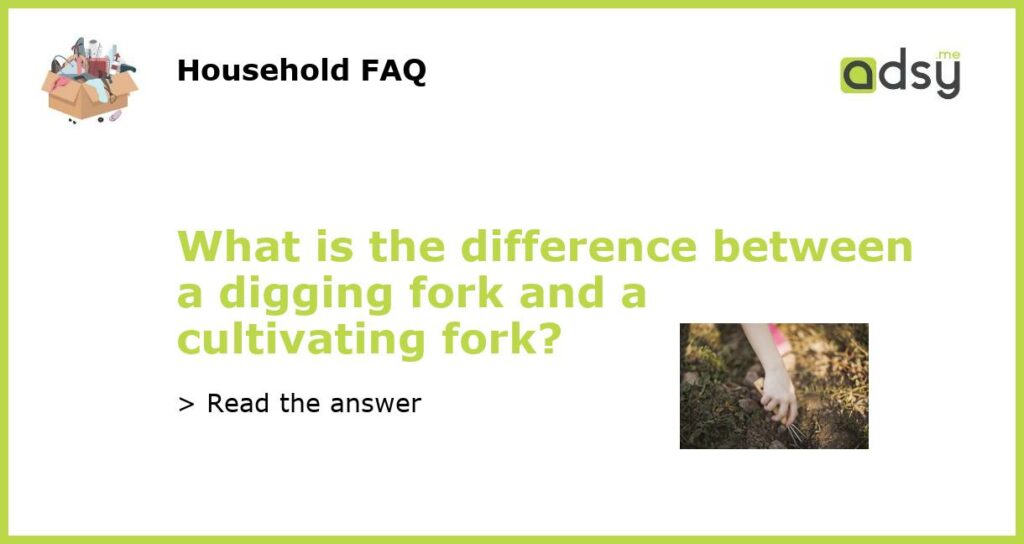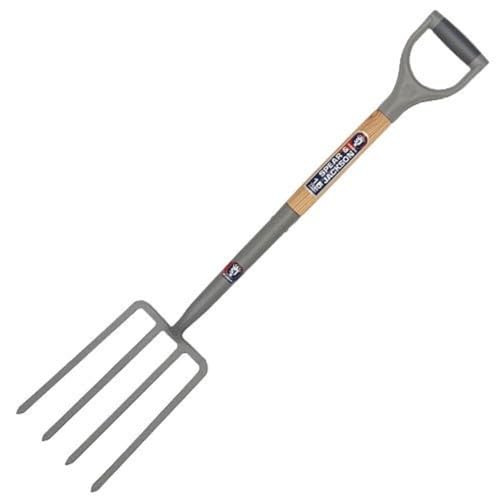Digging Fork vs. Cultivating Fork: Understanding the Key Differences
While shopping for gardening tools, you may come across various different types of forks, including digging forks and cultivating forks. Both of these tools are extensively used for gardening and landscaping purposes, but they have their unique characteristics. Here is a rundown of the key differences between the two.
What is a Digging Fork?
A digging fork is a tool that is designed for digging tasks in the garden. It is characterized by four sturdy tines that are longer and thicker than the ones found in pitchforks. They are blunt and often wider spaced with sharper tips and edges for better penetration into the soil and opening up clumps of earth. This makes digging up rocky or hard surfaces less cumbersome while allowing you to penetrate deeper without much effort in your arm or back when using the tool.
What is a Cultivating Fork?
A cultivating fork is a tool used as an alternative to a garden hoe or hand cultivator for loosening soil. Unlike a digging fork, this tool doesn’t have longer or wider-spaced tines. Instead, it has shorter and finer tines that are slightly curved, allowing it to work gently on soil without disrupting the roots. With this tool, you can loosen the soil bed without causing too much damage and removing weeds from plant beds or congested areas with minimal stress.
The Key Differences between Digging Fork and Cultivating Fork
One of the primary differences between digging and cultivating forks is their tine length and thickness. Digging forks have longer and thicker tines than cultivating forks, making them more effective in breaking up hard, compact soil and moving rocks, stones, or dried-out roots. In contrast, cultivating forks have shorter and finer tines to ensure that soil stays in place while being loosened and gently aerated. Cultivating forks are also easier to maneuver in tighter spaces, whereas digging forks require more space and effort to operate effectively.
Another difference is that digging forks are typically heavier than cultivating forks since they are designed to move heavier objects and cut through thickened soil. Conversely, cultivating forks are lightweight and easier to move swiftly through soft soils, which is why they are ideal for small gardens.
In conclusion, both digging and cultivating forks are essential to gardening with their unique features and the role they play in soil management. Understanding the differences between these two tools will assist you in identifying which is right for your gardening needs. A digging fork will be your go-to tool for breaking up hard-packed soil, while a cultivating fork is more appropriate for aeration and working in small areas.






